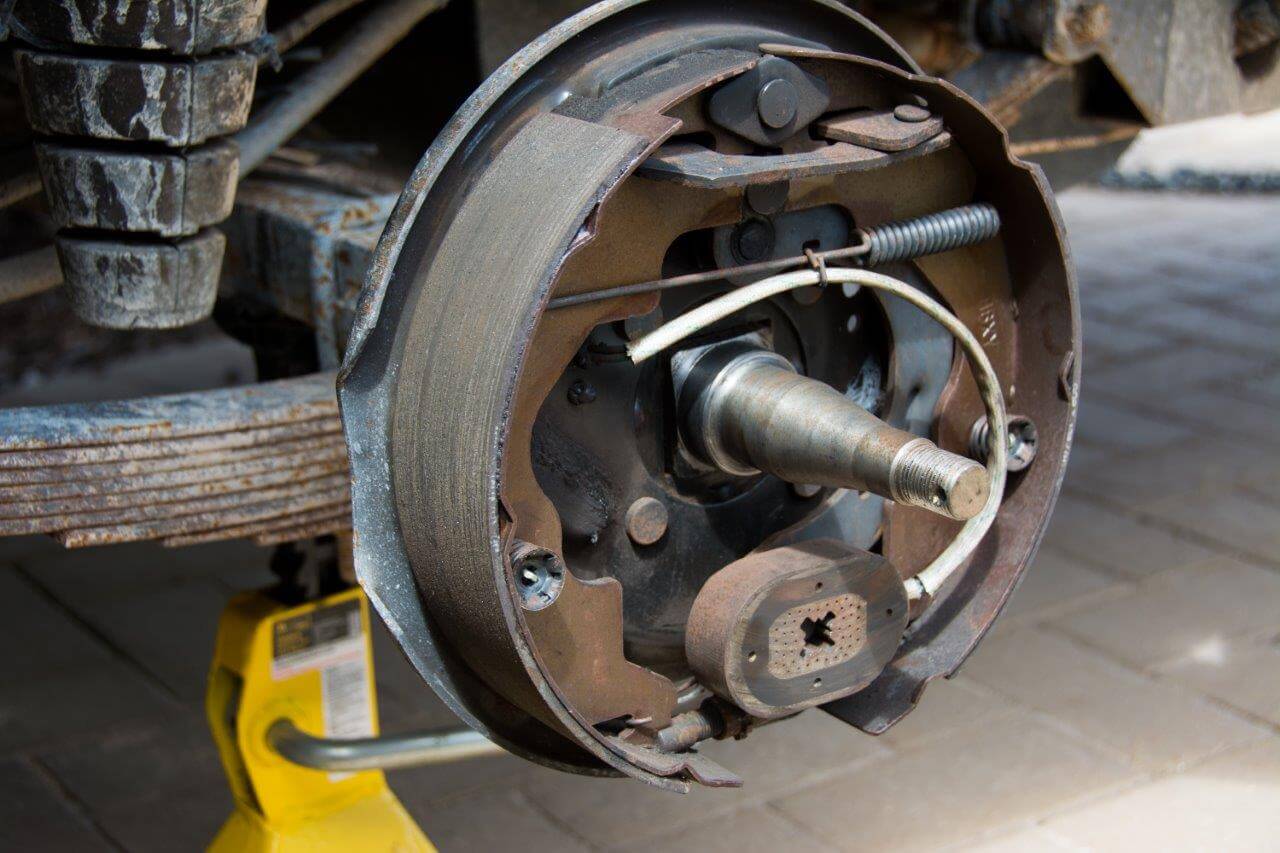how to adjust trailer brakes electric
Today, let's talk about an important topic related to trailers - how to adjust drum brakes on a trailer. This is a crucial aspect of trailer maintenance that every trailer owner should be well-versed in. By properly adjusting the drum brakes, you can ensure optimal performance and safety while towing.
How To Adjust Drum Brakes On A Trailer

Before we dive into the step-by-step process of adjusting drum brakes on a trailer, let's understand the importance of this task. Drum brakes are a common type of braking system used in trailers. They consist of a brake drum, brake shoes, and a wheel cylinder. When you apply the brakes, the brake shoes press against the inner surface of the drum, creating friction, which ultimately slows down or stops the trailer.
To ensure effective braking, the brake shoes need to be properly adjusted. Over time, as the brake linings wear down, the gap between the shoes and the drum increases. This can lead to reduced braking performance and increased stopping distance. Regular adjustment of drum brakes is essential to maintain their effectiveness and prevent accidents on the road.
Here are the step-by-step instructions on how to adjust drum brakes on a trailer:
Step 1: Prepare the Trailer
Before beginning the adjustment process, make sure the trailer is parked on a level surface and the parking brake is engaged. This will prevent any movement or accidents while working on the brakes.
Step 2: Access the Brake Assembly
Locate the brake assembly on the trailer. This will be behind the wheel, housed within the brake drum. You may need to remove the wheel and tire assembly to access the brake components. Consult your trailer's manual for specific instructions on removing the wheels.
Step 3: Locate the Adjusting Stud or Gear
Once you have gained access to the brake assembly, locate the adjusting stud or gear. This is typically located at the top or bottom of the brake backing plate. The adjusting stud or gear is used to adjust the brake shoes and maintain the proper clearance between the shoes and the drum.
Step 4: Turn the Adjusting Stud or Gear
Using a suitable tool, such as pliers or a brake adjusting tool, turn the adjusting stud or gear in the appropriate direction. You may need to refer to your trailer's manual or the specific instructions provided by the brake manufacturer for the correct direction of rotation.
Turn the adjusting stud or gear gradually, checking the drum's resistance as you go. The goal is to achieve a slight drag on the drum when it is rotated by hand. This ensures proper adjustment and minimizes the risk of the brakes dragging or excessively wearing down the linings.
Step 5: Repeat for Other Brake Assemblies
Once you have adjusted one brake assembly, repeat the process for the remaining brake assemblies on the trailer. It's important to adjust all the brakes evenly to ensure consistent braking performance.
Step 6: Reassemble the Wheel and Tire
After adjusting all the brake assemblies, carefully reassemble the wheel and tire on each wheel hub. Make sure to torque the lug nuts to the manufacturer's specifications to ensure a secure fit.
Step 7: Test the Brakes
Before hitting the road, it's crucial to test the brakes to ensure they are functioning properly. Take your trailer for a short test drive in a safe area and apply the brakes gently. Observe the trailer's stopping distance and braking performance. If you notice any issues, such as excessive brake drag or ineffective braking, recheck the adjustment and make necessary corrections.

How to Adjust Self-Adjusting Electric Trailer Brakes
While the above steps explained how to adjust drum brakes on a trailer, it's worth mentioning another type of braking system found in modern trailers - self-adjusting electric trailer brakes. These brakes automatically adjust the brake shoe-to-drum clearance as they wear down, eliminating the need for manual adjustments.
If your trailer is equipped with self-adjusting electric brakes, the adjustment process becomes more straightforward. You don't need to adjust the brakes manually. However, it's still important to periodically inspect the brake system for any signs of wear, damage, or malfunctions.
Regular maintenance and visual checks can ensure the self-adjusting electric brakes are operating within their optimal range. If you notice any issues, such as uneven braking or excessive wear, consult a professional for further inspection and possible repairs.
Remember, regardless of the type of braking system your trailer has, regular maintenance and inspections are key to ensuring your trailer's brakes are in good working condition. By keeping up with these maintenance tasks, you can ensure the safety of yourself, your passengers, and the other drivers on the road.
So, whether you have drum brakes or self-adjusting electric brakes on your trailer, make sure to devote time and attention to their proper adjustment and maintenance. By doing so, you'll have peace of mind knowing that your trailer's braking system is reliable and ready to assist you on your travels.
Stay safe and happy towing!

